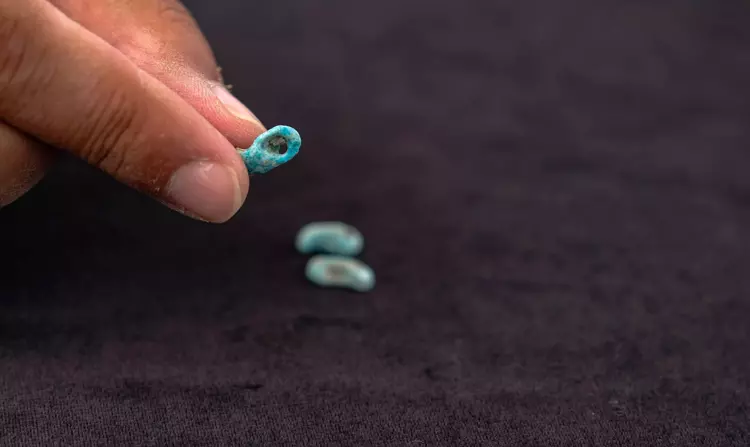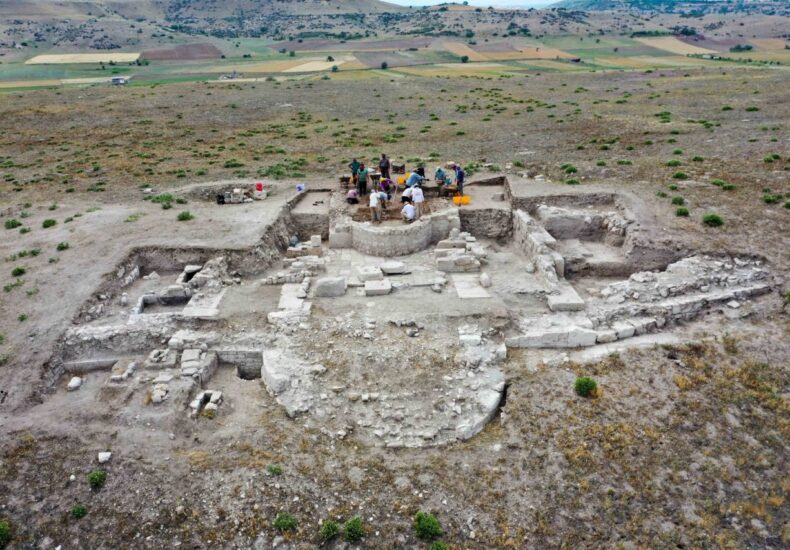
Seljuk Traces in St. Paul’s Lystra: Oldest Examples of the Evil Eye Bead Found
Archaeological excavations in Lystra, the ancient city known from the Bible as one of the places visited by St. Paul the Apostle, have revealed Seljuk-era traces and turquoise-colored “evil eye” beads inside children’s graves. Researchers believe these beads represent a cultural bridge — where Turkic beliefs merged with earlier Anatolian traditions, giving birth to the

Excavations Start in the Ancient City of Lystra, Mentioned in the Bible
Archaeological excavations have resumed in 2025 at the ancient city of Lystra, located in Konya’s Meram district — a site of great historical and religious significance, particularly within Christian tradition. Known as one of the rare cities mentioned in the Bible, Lystra is attracting growing international interest. Nestled between the Botsa and Hatunsaray regions of

Archaeological excavations have started in the ancient city of Lystra, known as the place where St. Paul spread Christianity
Archaeological excavations have begun in the ancient city of Lystra, mentioned in the Bible as the place where St. Paul spread Christianity. Lystra Ancient City is located near Hatunsaray Neighborhood in Meram district of Konya. Excavation Head Assoc. Prof. Dr. İlker Mete Mimiroğlu said, “Lystra was visited by Saint Paul in the 1st century. After
